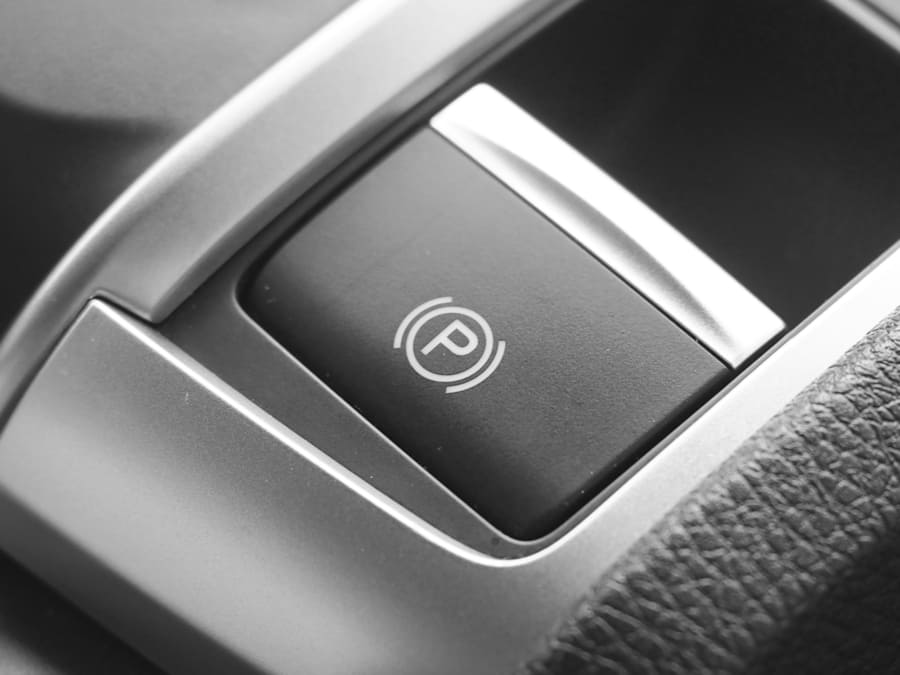
- 1 Design and function
- 2 How Do Electric and Electronic Handbrakes Work Differently?
- 3 How to Use an Electronic or Electric Handbrake
- 4 Advantages of Electric and Automatic Handbrakes
- 5 Common Issues: How Does an Electric Parking Brake Fail?
- 6 Electric vs. Manual: Why Are EPBs Becoming Standard?
- 7 Conclusion: The Future of Electronic Parking Brakes
The electric handbrake—also known as an electronic handbrake, electric parking brake (EPB), or automatic handbrake—is a sophisticated vehicle feature that has steadily replaced traditional manual systems. Originally introduced in the BMW 7 Series in 2001, it is now found in many modern vehicles. Unlike a manual lever, drivers engage this system by simply pressing a button. But how does an electric handbrake work exactly? This article explains everything—from core functionality to advantages and common problems.
Design and function
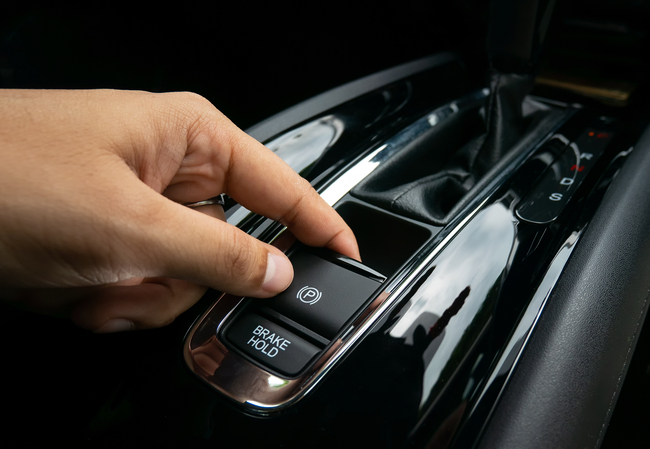
An electronic parking brake operates through a button-controlled interface linked to an electronic control unit (ECU). When the button is pressed, the ECU sends a signal to actuators that apply the rear brake pads.
There are two primary mechanisms for how electric handbrakes work:
- Cable-based systems: Use a motor to tighten a cable, much like traditional setups.
- Caliper-integrated systems: Feature an electric motor directly in the caliper, which clamps the pads to the disc.
This setup answers the common question: how does a button handbrake work? Simply, by replacing mechanical linkages with an electronic signal, offering faster and more reliable engagement.

How Do Electric and Electronic Handbrakes Work Differently?
Though used interchangeably, the terms “electric” and “electronic” handbrake can imply slightly different components. Electronic handbrakes emphasize the involvement of the ECU and sensors, while electric handbrakes often refer to the actuators themselves. Both describe a push-button parking brake system.
So, how do electronic handbrakes work? The answer lies in electronic integration with the car’s onboard systems—allowing the EPB to interact with features like electronic stability control (ESC) and hill-start assist.
How to Use an Electronic or Electric Handbrake
A common driver query is how to use an electric handbrake or how to use an electronic parking brake. The process typically involves:
- Pressing the EPB button, often while holding the brake pedal.
- Releasing it when the ignition is on and you’re ready to drive—some cars do this automatically.
Wondering do electronic handbrakes release automatically? Yes, many automatic handbrakes disengage when the accelerator is pressed (especially in automatic gearboxes). In manual cars, the clutch and accelerator must be coordinated.
When driving uphill, how does an automatic handbrake work or how does a hill-start electric handbrake work? If equipped, the EPB’s hill hold or auto hold function prevents rollback and releases at the right moment.
Advantages of Electric and Automatic Handbrakes
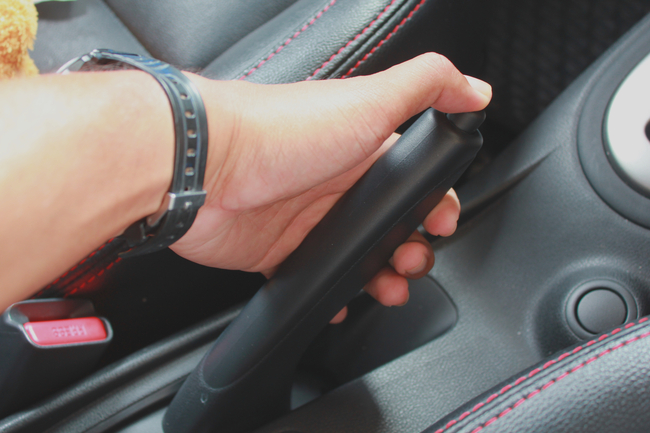
- There are several benefits to these systems:
- Ease of use: No need for physical force.
- Space saving: Eliminates the traditional handbrake lever.
- Automatic disengagement: Enhances convenience and safety.
- Enhanced diagnostics: The ECU can trigger dashboard alerts like ‘Service Handbrake’.
Additionally, caliper-integrated systems are more resistant to cable wear and frost, a common issue with older manual parking brake systems.
Common Issues: How Does an Electric Parking Brake Fail?
Despite their benefits, many wonder how electric parking brakes work when there’s a problem? Or worse, what happens when they don’t work?
Potential issues include:
- Flat battery: Can prevent the brake from engaging or releasing.
- ECU faults: Communication breakdowns or electrical errors.
- Wiring problems: Corroded or broken cables especially in cable-based EPBs.
- Actuator jamming or fuse issues.
In some cars, a manual release lever exists, but if it fails or the system is unresponsive, a diagnostic tool is often required to determine why the electric handbrake isn’t working. DIY repairs are difficult; a trained mechanic is usually needed, particularly for brake pad replacement or ECU reprogramming.
Electric vs. Manual: Why Are EPBs Becoming Standard?
The answer to why switch to an electric park brake lies in automation, safety, and user experience. Features like auto hold, hill start assist, and electronic alerts give drivers more confidence and less hassle.
Drivers no longer need to worry about applying enough force or rollback on slopes. Even automatic parking brakes without hill-start support are easier to manage than traditional systems.
Conclusion: The Future of Electronic Parking Brakes
If you’re still wondering how an electric hand brake works, the takeaway is simple: it uses electronic signals and motors to provide a safer, smarter, and more space-efficient braking solution. While repair complexity is higher, the convenience and safety features outweigh the drawbacks for most drivers.
As technology advances, the electronic hand brake or electric parking brake will likely become the norm—offering intuitive operation, fewer mechanical parts, and seamless integration with vehicle systems.












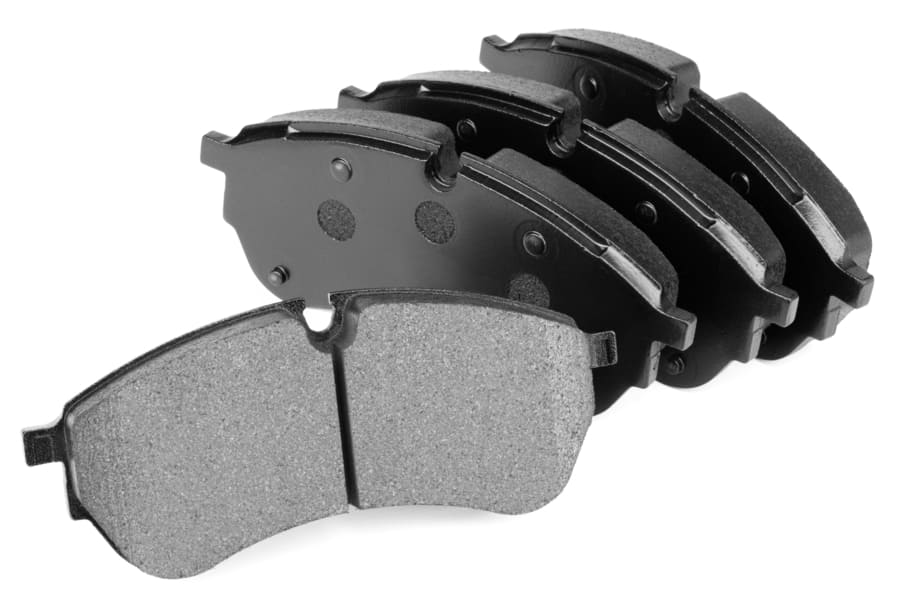
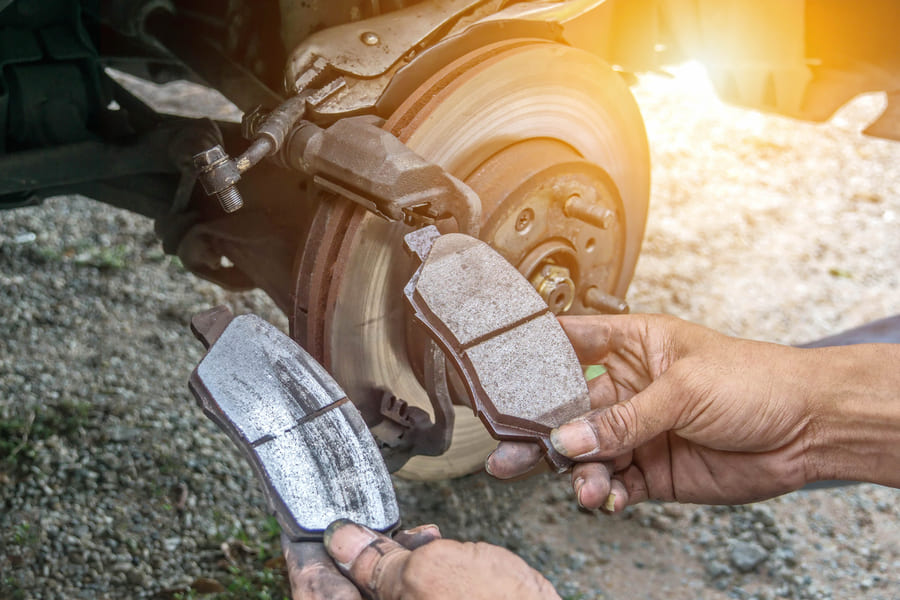
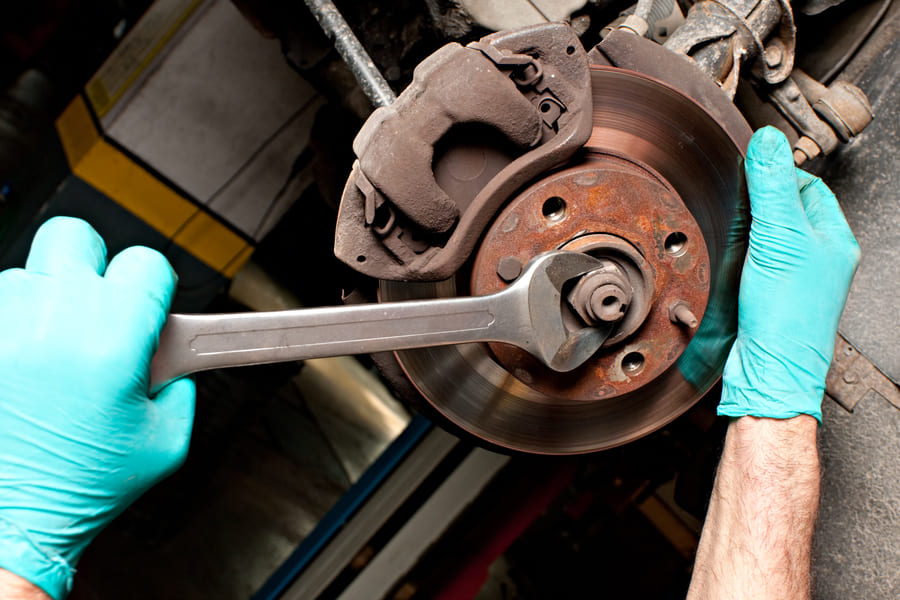
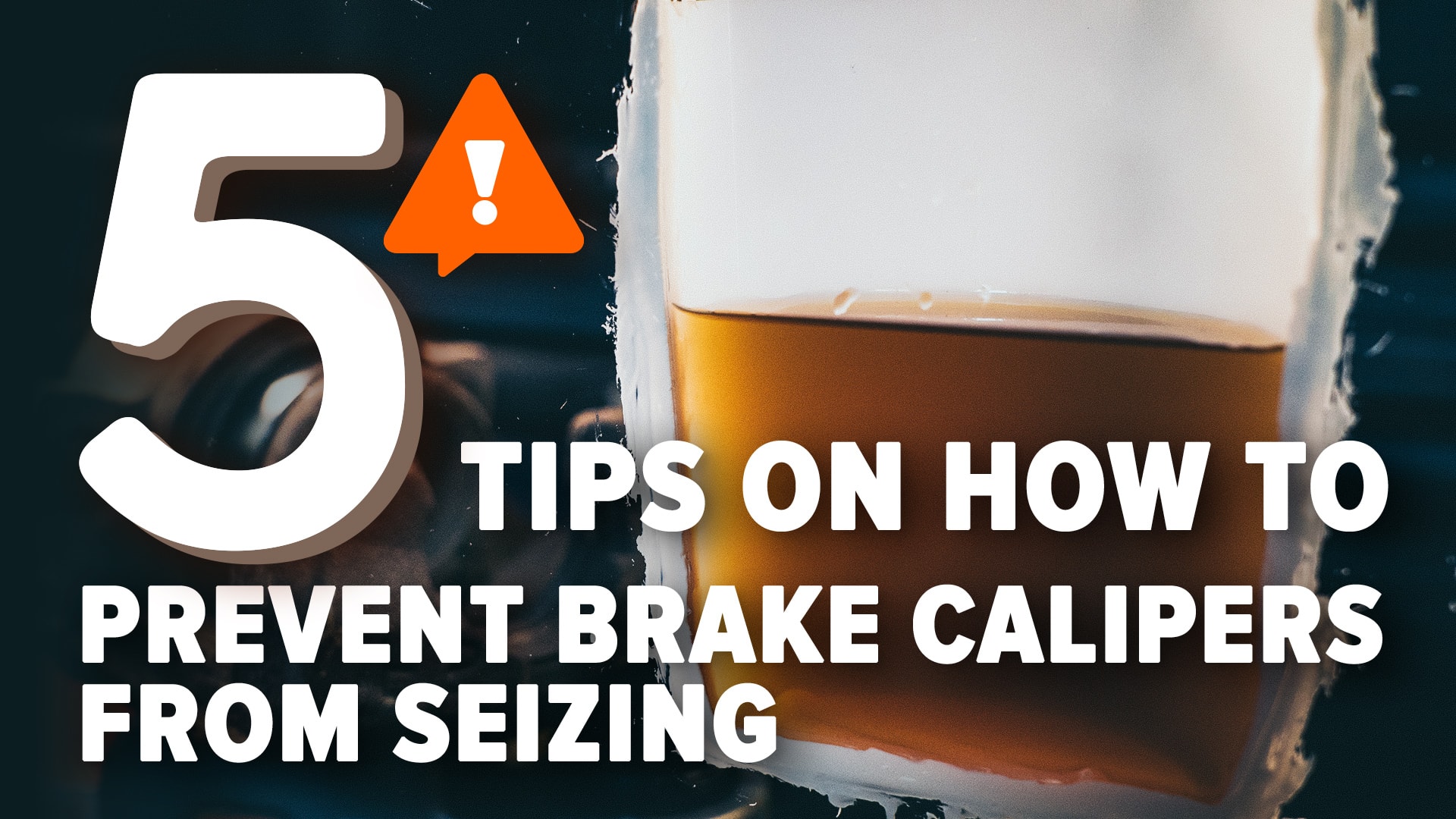
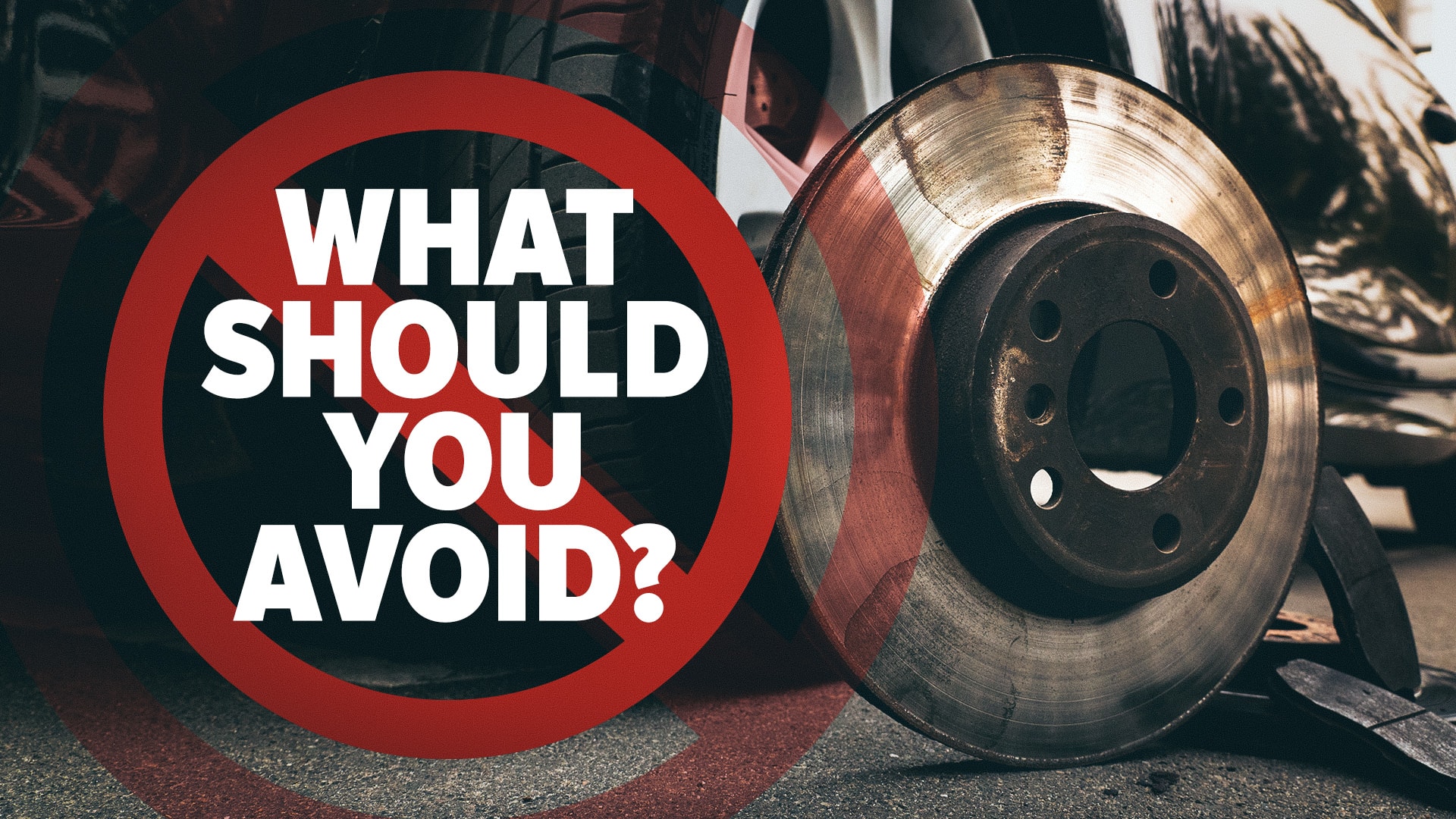
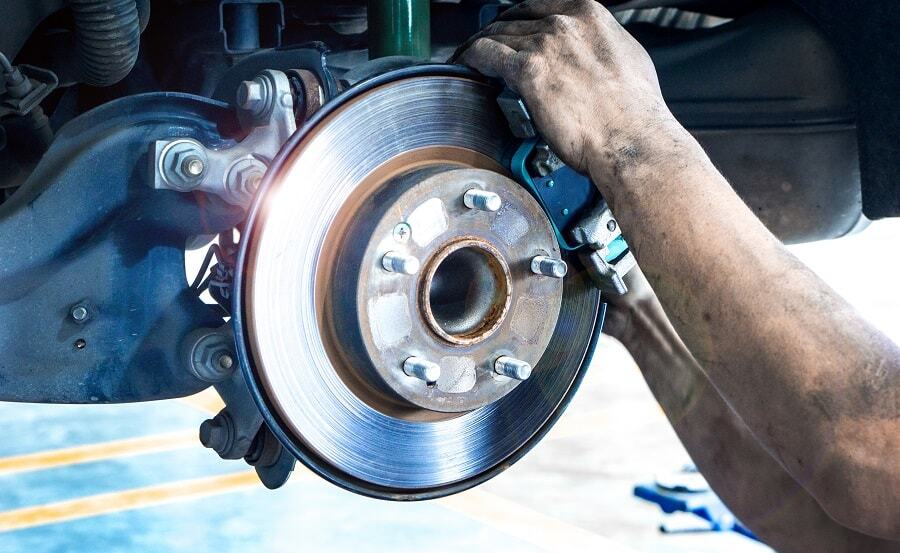
Comment